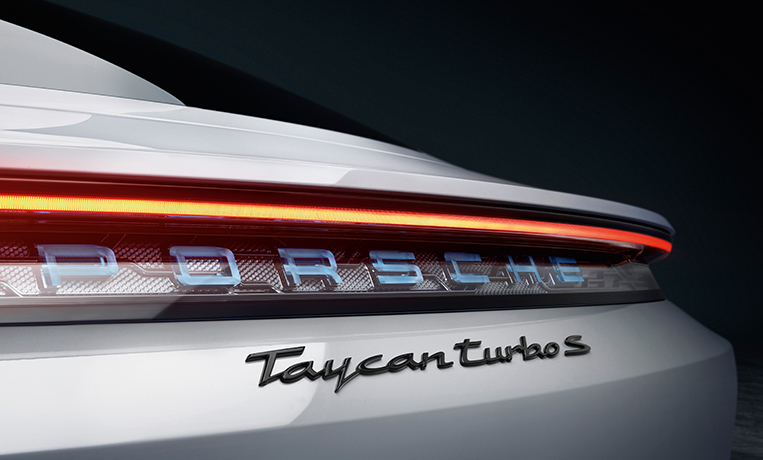
Just like that and the world officially has a full-electric Porsche car in the new Taycan, which its manufacturer has just officially presented to a planet that’s desperately in need of a drastic reduction in fossil-fuel consumption. And to clearly underscore the importance of this model to the German automotive brand’s business strategy, the Taycan debuted simultaneously on three continents: North America, China and Europe. Those are obviously the most crucial car markets around the globe right now if an automaker hopes to remain competitive in the coming years and decades.
At launch, the Taycan is available in two versions, the Turbo and the Turbo S, both of which are powered by two “permanently excited” synchronous motors (one on the front axle and another on the rear axle). A Porsche-developed two-speed transmission is tasked to deliver power to all four wheels. The photos you see here are those of the higher-end Taycan Turbo S, which we want to especially focus on in this piece. Below are the sporty EV’s basic facts and figures.
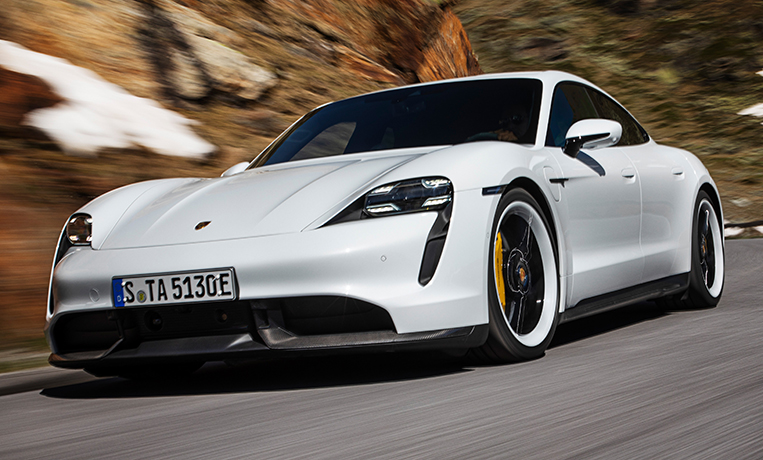
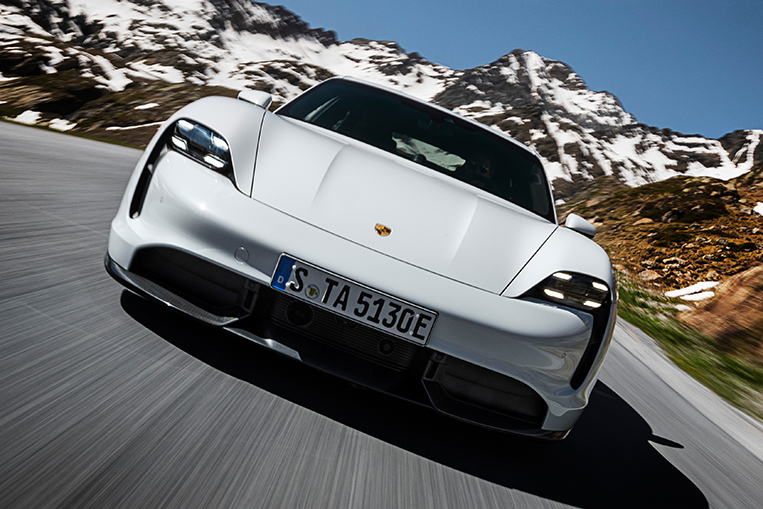
The 2,295kg Taycan Turbo S measures 4,963mm in length, 1,966mm in width and 1,378mm in height, with a wheelbase of 2,900mm. These dimensions approximate those of the Panamera’s (5,049mm long, 1,937mm wide and 1,423mm high). Because the car has no internal-combustion engine, it has two luggage compartments—one in front (81L) and one at the rear (366L).
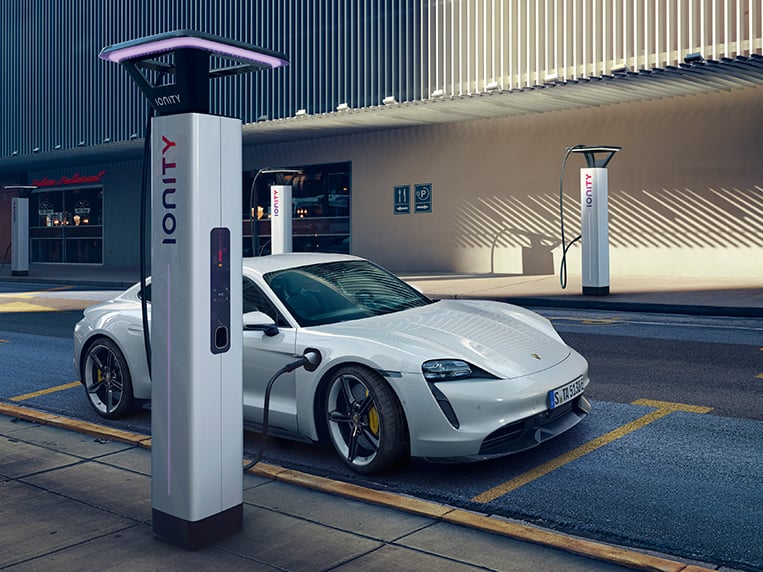
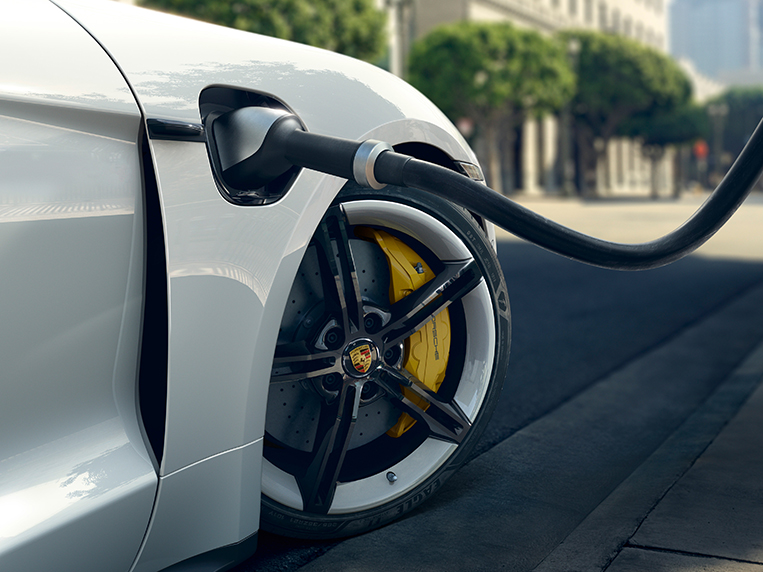
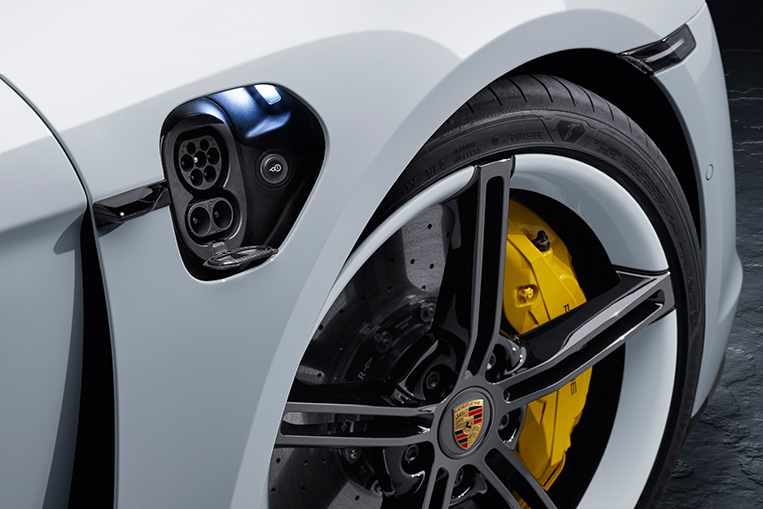
The Taycan has a system voltage of 800V, said to be significantly better than the industry standard of 400V in terms of high-power continuity, charging time and weight savings. If you top up the battery using fast-charging in just over five minutes, Porsche claims you will get an additional range of up to 100km.
“The charging time for 5% to 80% state of charge is 22.5 minutes for charging under ideal conditions, and the maximum charging power is 270kW,” Porsche explains in the press statement. “The overall capacity of the Performance Battery Plus is 93.4kWh. Taycan drivers can comfortably charge their cars with up to 11kW of alternating current at home.”
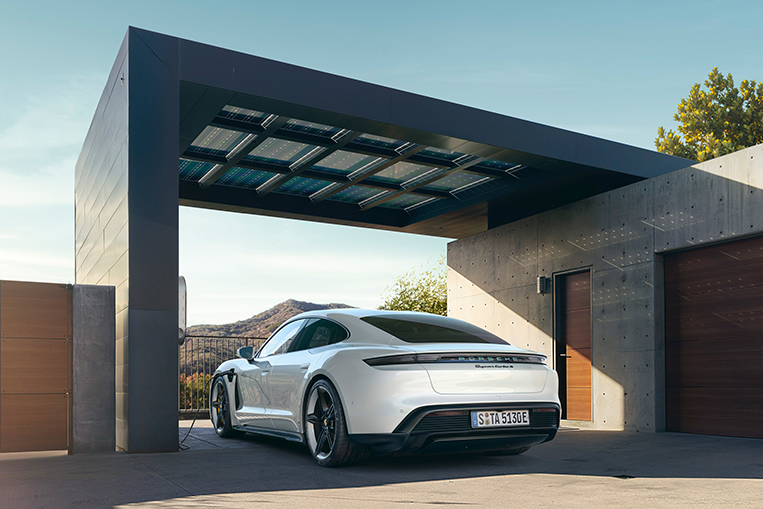
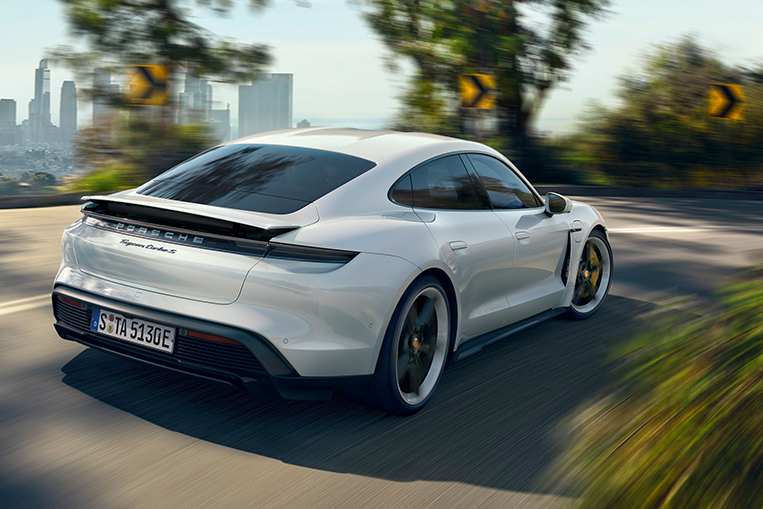
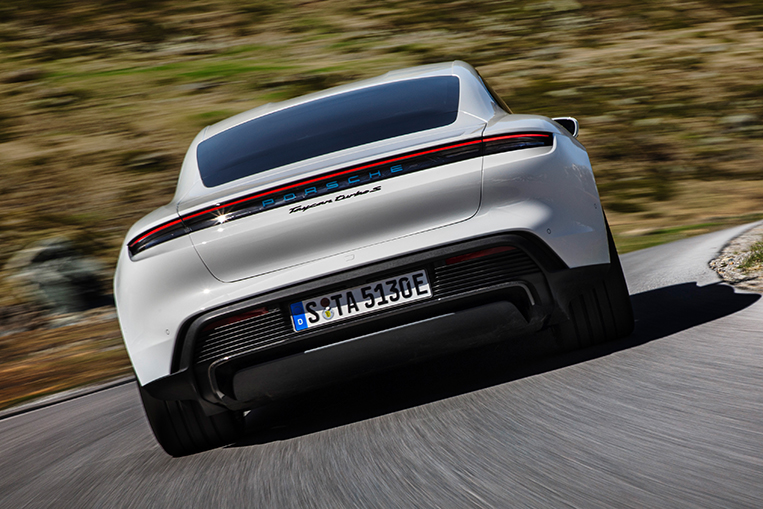
The Taycan Turbo S’s electric propulsion generates a total output of 560kW (751hp) and a maximum torque rating of 1,050Nm. The vehicle sprints from rest to 100km/h in 2.8 seconds, all the way to an electronically limited top speed of 260km/h. On a single full charge, this zero-emissions Porsche can travel anywhere from 388km to 412km, depending on usage. The combined electricity consumption is pegged at 26.9kWh/100km.
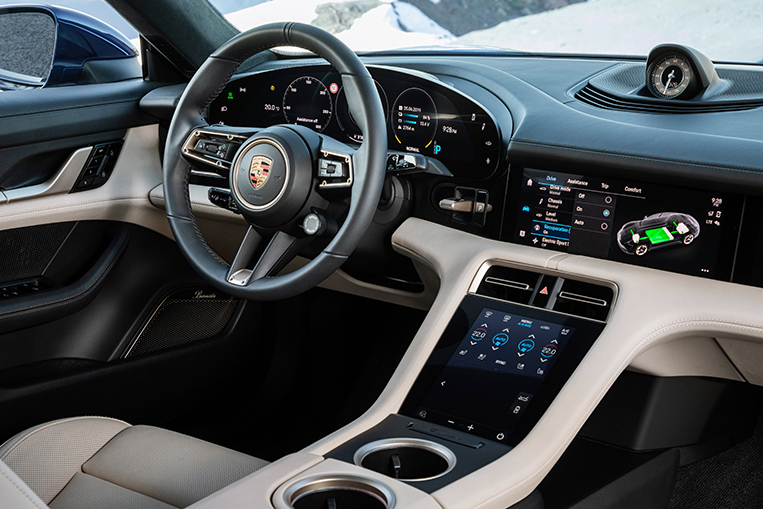
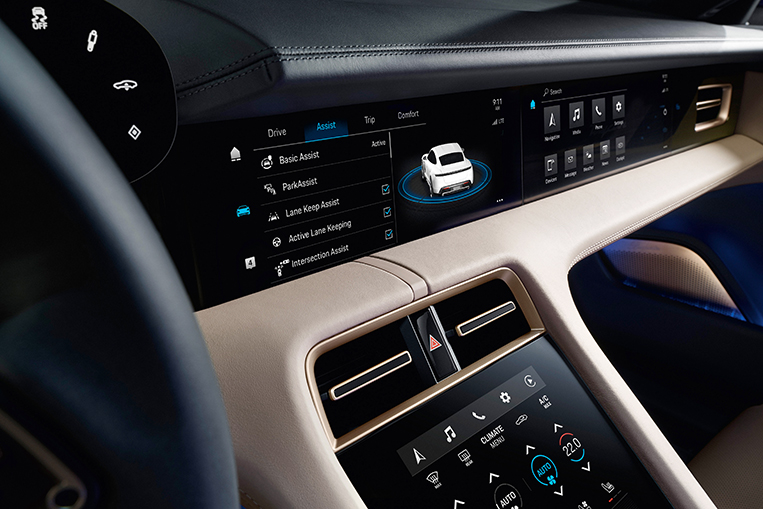
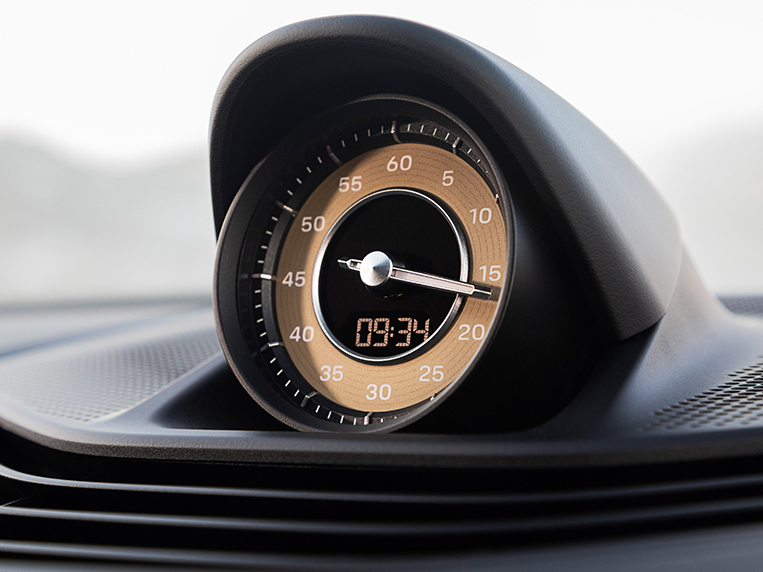
According to Porsche, “less powerful variants” of the Taycan Turbo S will be released within the year, to be followed in late 2020 by the Taycan Cross Turismo. And so we’re finally here: a motoring era in which Porsche automobiles are already electric. If you still refuse to accept that EVs are the auto industry’s next big thing, you really have not been paying attention. Maybe the car we just discussed can jolt you out of your stupor?

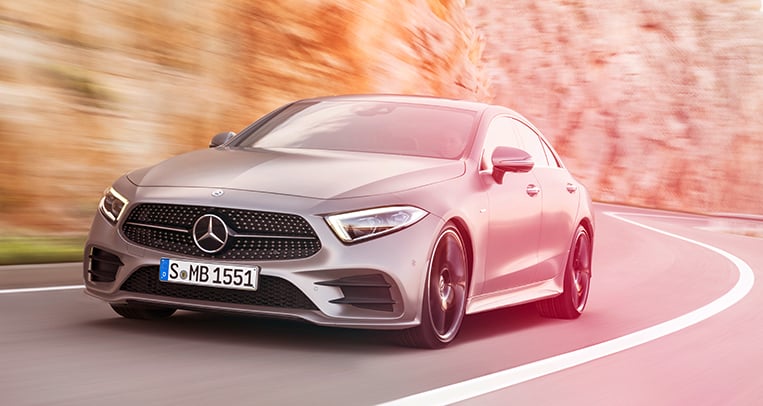
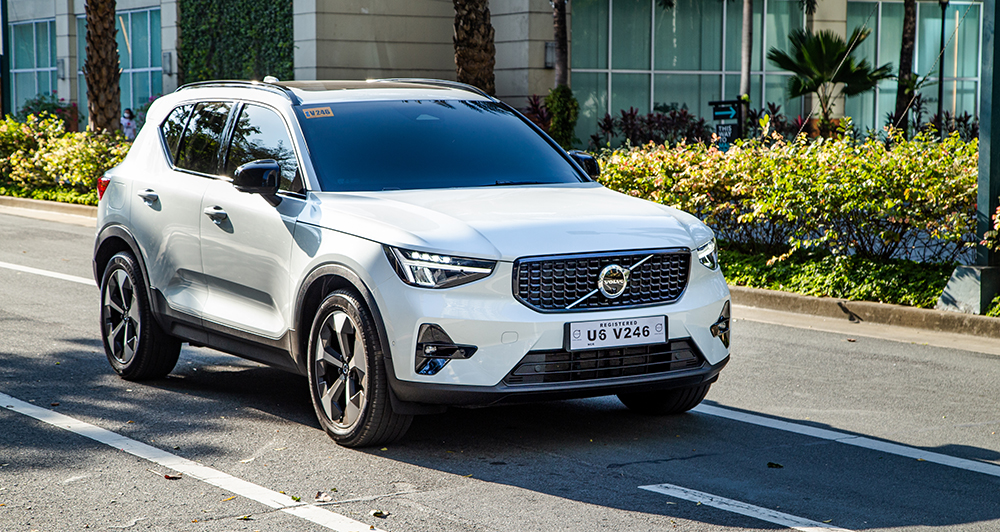

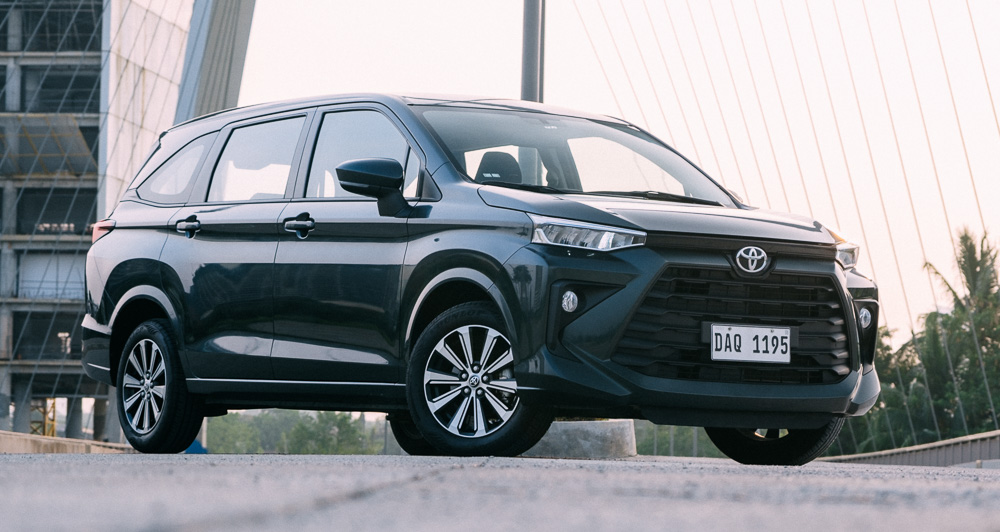
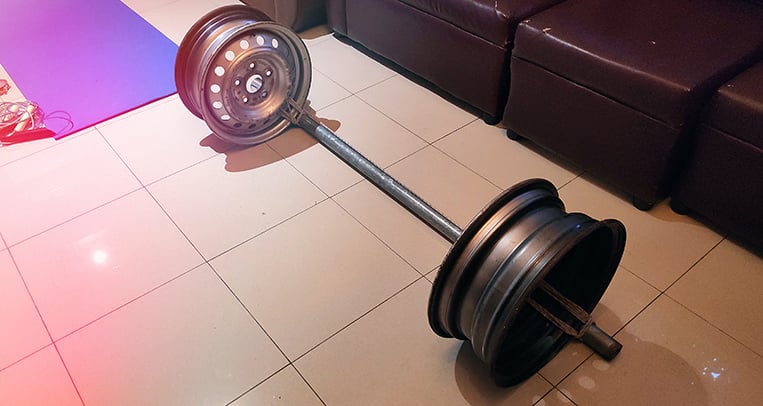
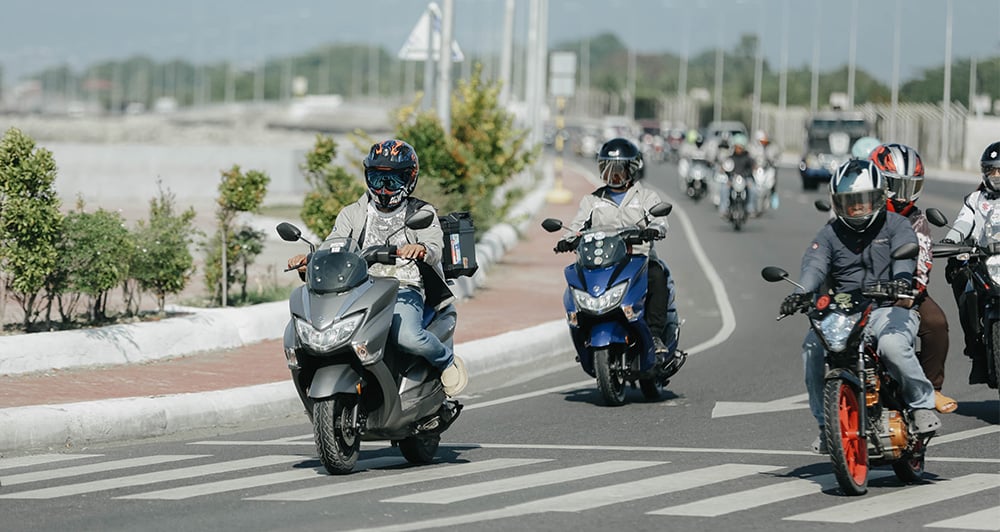

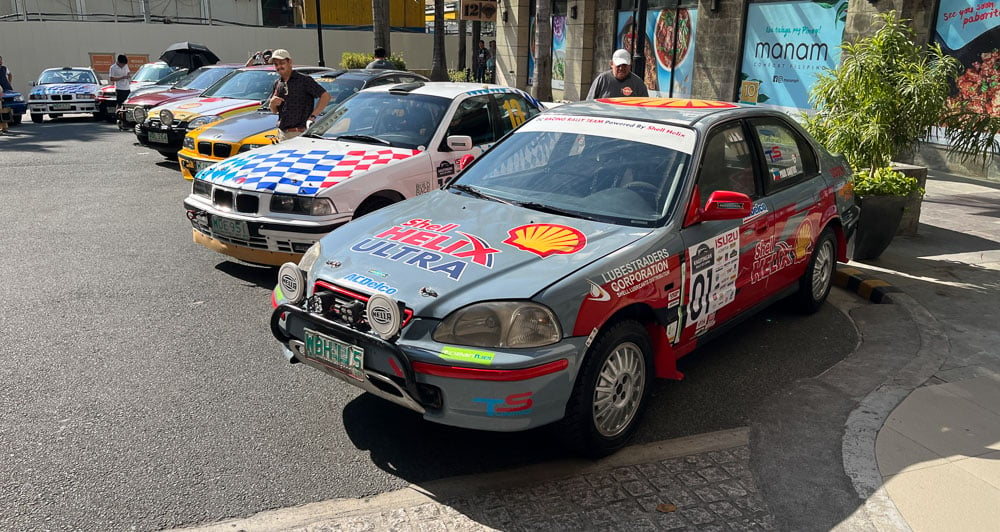


Comments